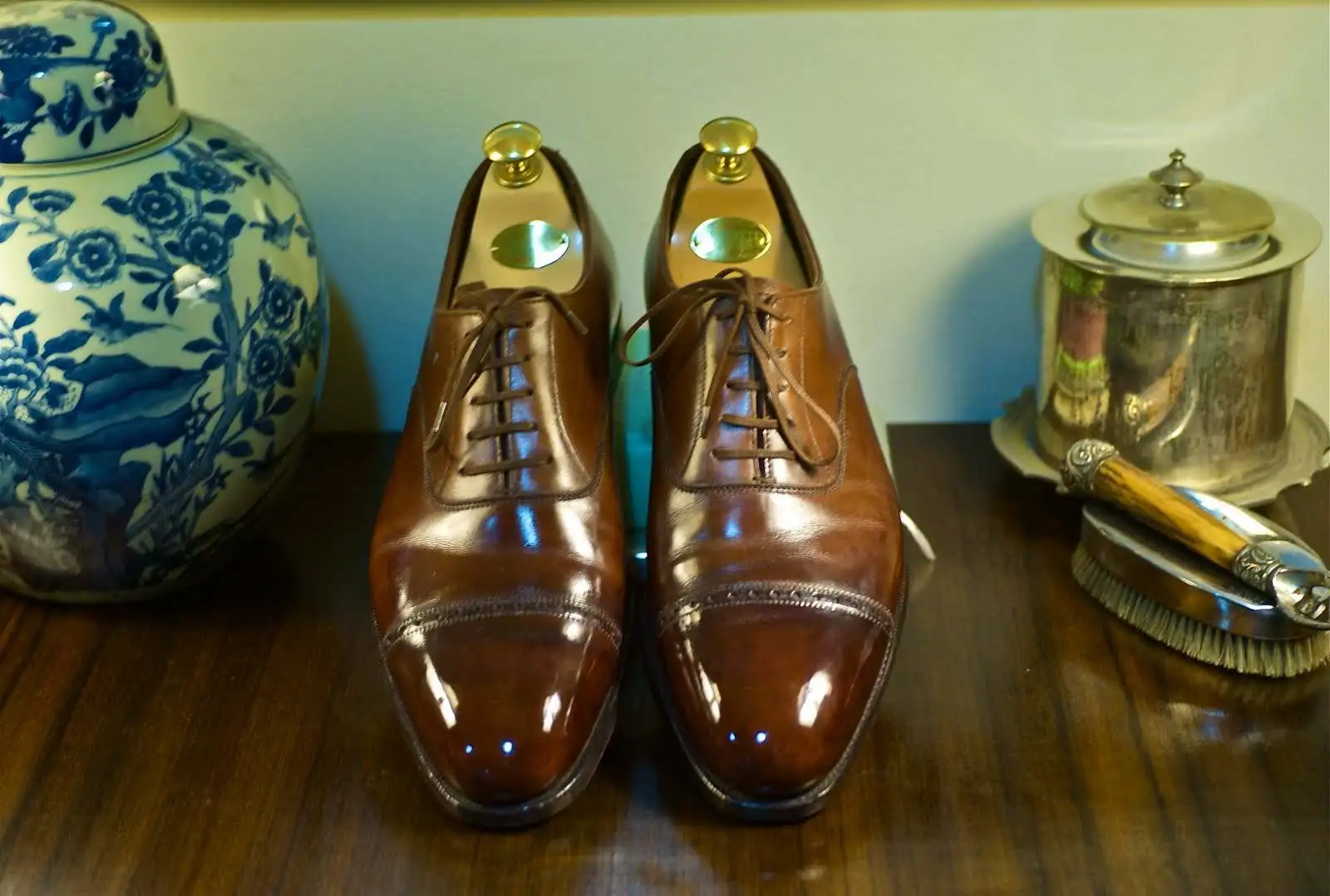
The shoe industry is ever evolving. What was fact last year, is not this year and won’t be next year. What I mean by that (and this is something that I have mentioned before) is that one can no longer say, ‘the best this is from here and the best that is from there.’ These concepts no longer hold true. Sure, some of the best shoes come from England, but that no longer means that all shoes that come from England are good shoes. Same with Italy. And this is quickly becoming the same truth within the leather industry. Typically speaking, good leather was known for coming from France, Italy and Germany. Suede was famous in England and Cordovan from America. As with shoes, it’s not to say that French calfskin is not the best, but rather that all shoes that use French calfskin from one of the famous tanneries, does not equate to good leather being used. Allow me to explain…
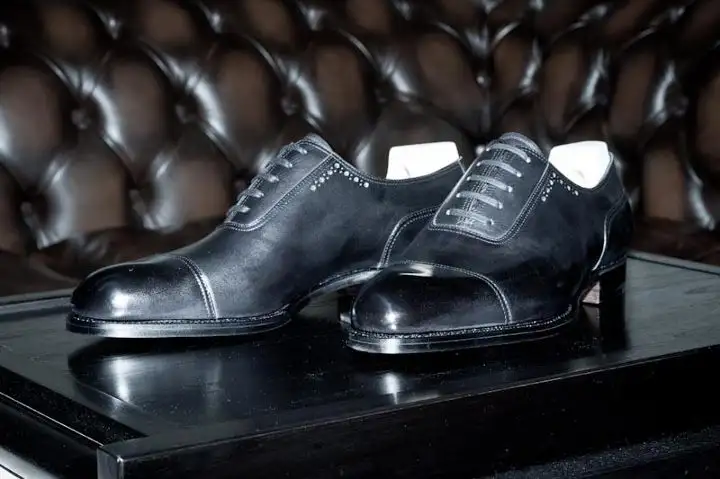
In recent years there have been a lot of rumors and talks about the leather industry. There has been said to be a decrease in leather supply due to the increasing popularity of vegetarianism (which is directly related whether you believe it or not), a constant fight for leather with the amount of new shoe brands that are popping up left and right, and worst of all, the fact that the big conglomerates are now purchasing up the tanneries. This is not to mention the surge of new shoe manufactures in Asia that are popping up with deep pockets, willing to pay double the price of the leather, just to get the top grade and thus make a name for themselves…. A money hungry tannery is going to gladly take that attractive offer. Whether or not any of these are facts is not for me to say, but it all sounds realistic and practical when you are on the inside seeing the incosistent quality of leather that you are now receiving from a tannery whose consistency was once unquestionable and is now sending you sub-par leather on a regular basis. It makes you wonder….
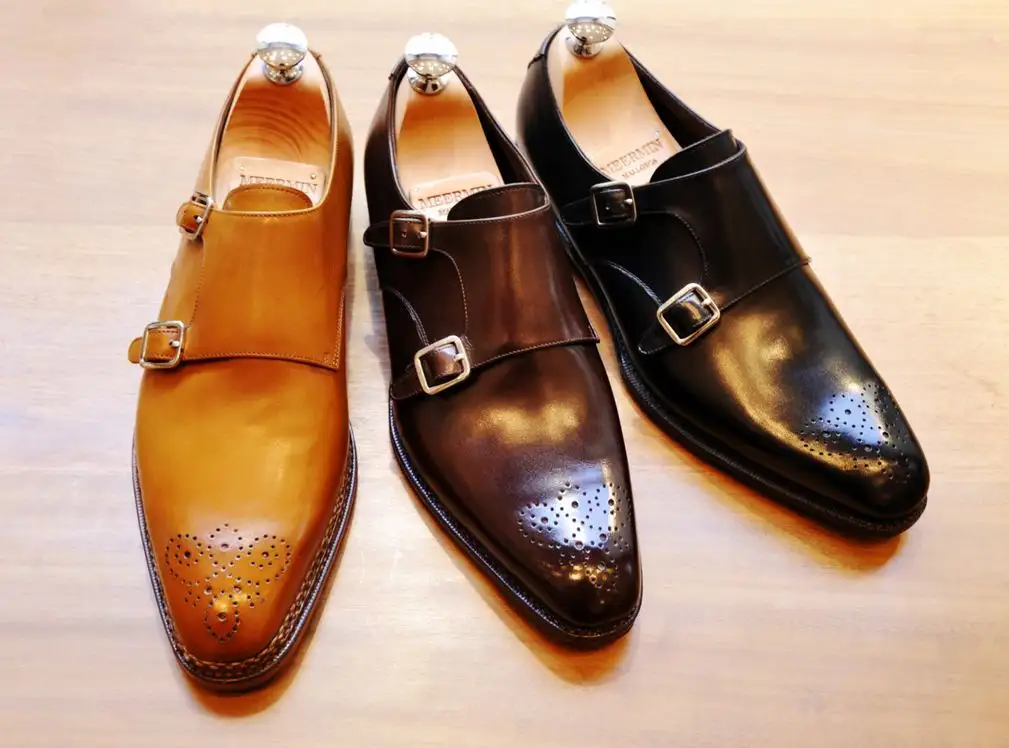
I was recently having a talk about this with Swedish shoe blogger, Jesper Ingevaldsson of Shoegazing, as many companies have been complaining about it. You see, Hermes bought one of the famous French tanneries, JM Weston purchased another and Gucci Group the last. They all have vested interests to protect before they start supplying the masses you see and it’s also said that the French will first supply fellow French shoe brands before dishing out the rest (this last point is HERESAY but it would not surprise me). That being, as a new shoe designer who uses French calfskin, Jesper asked me if I was concerned about this issue at hand. I said no, because most problems tend to sort themselves out in the long run and I believe that new tanneries will sprout up, or that existing ones will start making better leather. I will just have to work harder to find them. But what we need to do however is educate the end consumer, so here I am to tell you about this issue in the hopes to shed some light on the leather industry and know that things are going to change and what you thought might have been the best leather, just might not be in 5-10 years time.
So, when I said that Germany was ‘known’ for making good leather, this was true when a tannery called Freudenberg was producing some of the best black leather the world has ever seen (read history here). I don’t know the particulars but for some reason they stopped making leather and the concept was sold (and from what I hear production of the leather itself moved to Poland), of which they are now producing top quality leather under the trade name of Weinheimer (which was the name of the town Freudenberg was founded). I won’t name names, but many of the top brands use Weinheimer leather already and after having received too many inconsistent orders of leather from a certain factory in France will I also now look to start using them. And this is not the only Polish factory that is making good leather. So you see, while France loses trade from supplying sub-par leather, other tanneries will come out of the wood-works looking to take that trade. And if they can produce a good leather, then who really cares what country it comes from??
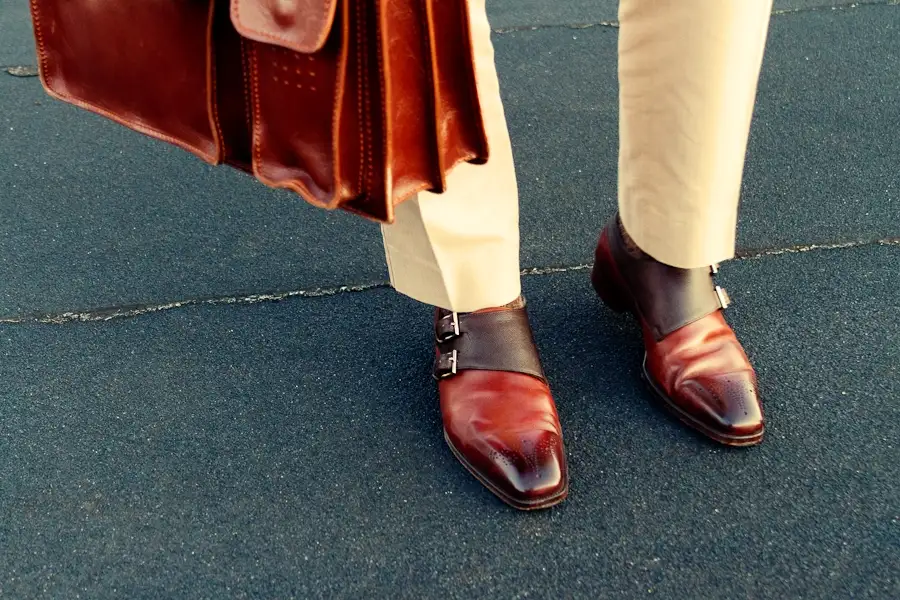
Where a product originates means nothing to me anymore. It’s all about how good the end product is. This is something that I am seeing more and more. Countries that supposedly make great things are either starting to lose it or shifting their priorities elsewhere and other countries that people would not have touched with a 10 foot pole are now starting to produce good quality products. So do yourself a favor and don’t turn your nose up to something just because of it’s origin. Turn your nose up to it if it lacks quality, even if it comes from your own country!!
This post is not to say that French leather is not good, because it is in fact very good (when they actually supply you the good stuff), just that everything that is coming out of France is not good, as one might naively think.
Pictures have nothing to do with post, just something to look at. And everything written in this post is opinion, NOT fact.
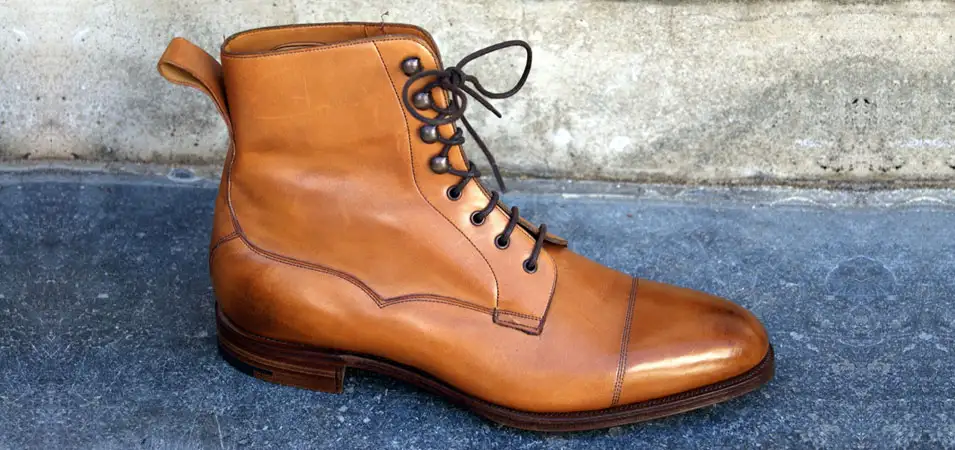



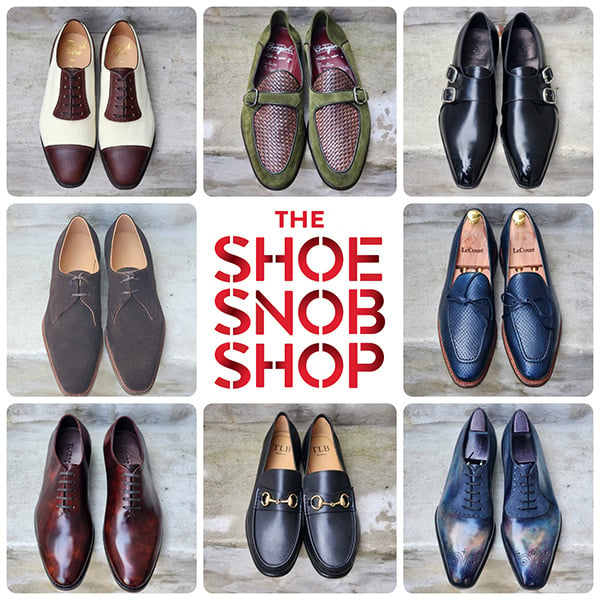

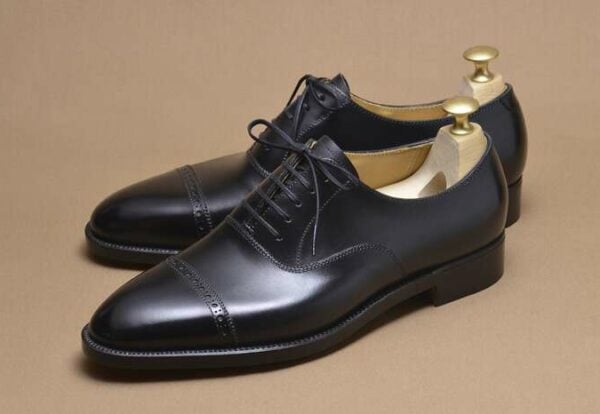
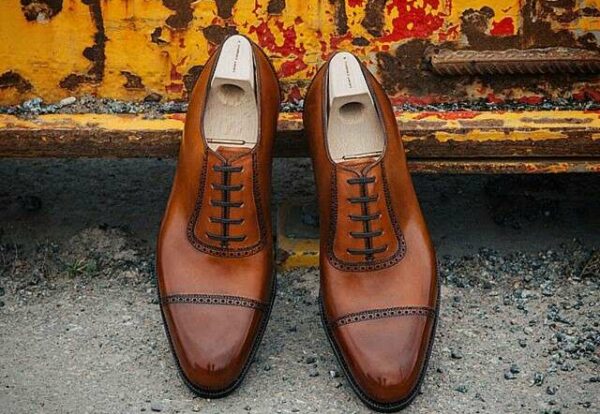
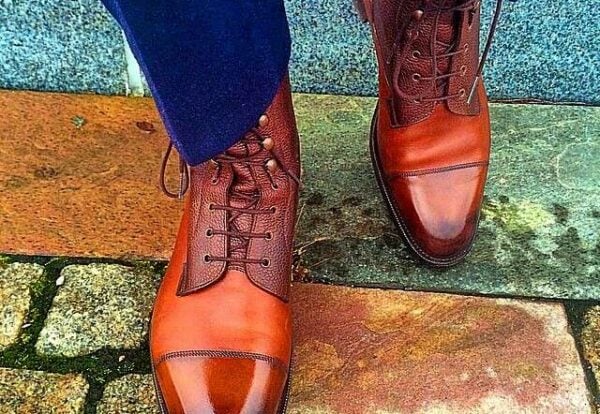
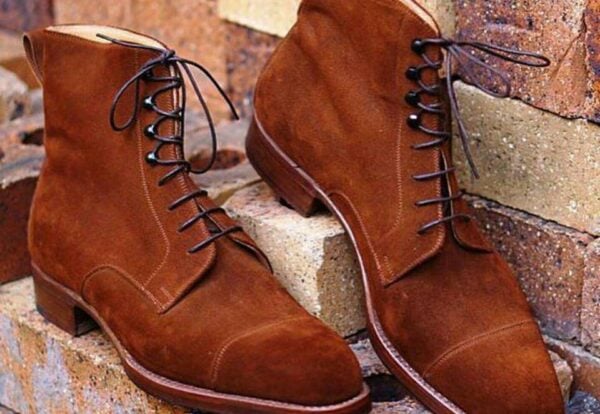
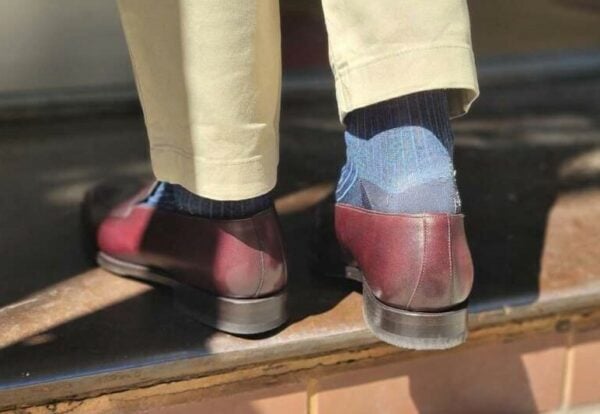
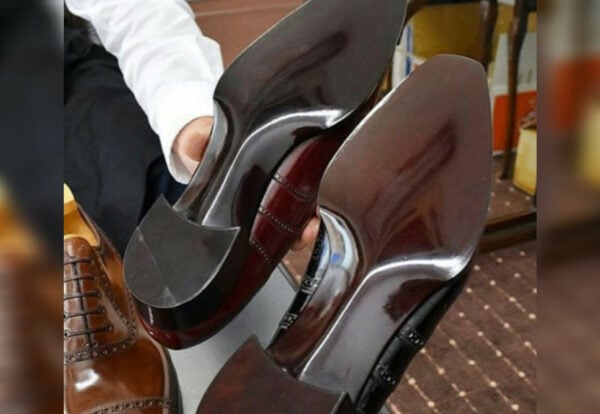
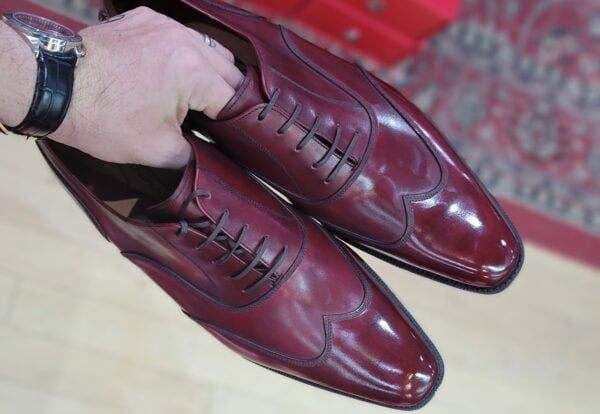
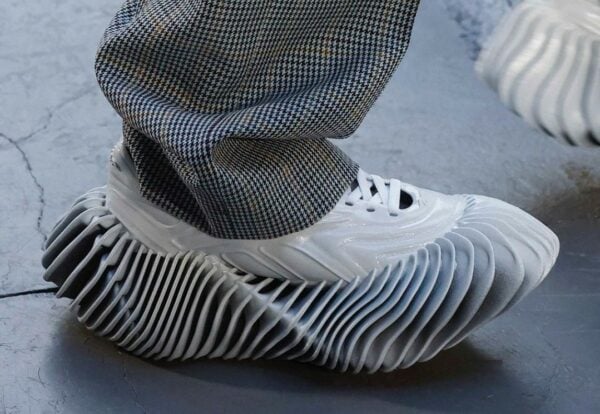
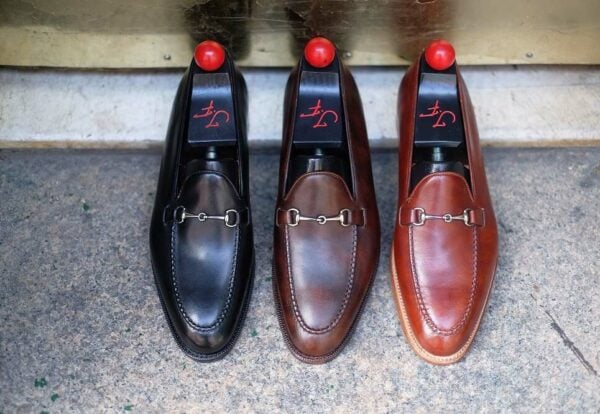
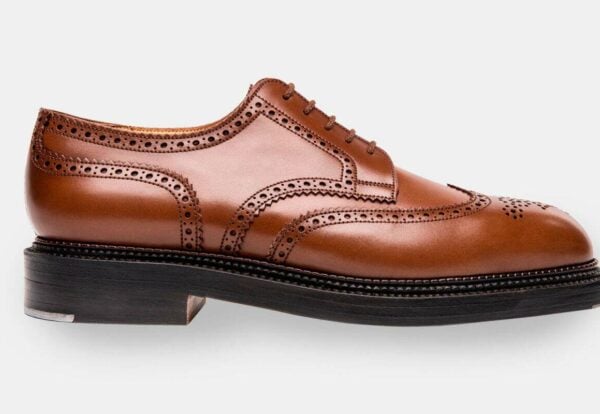
This is a pure pleasure to read again. I love, how you see a process all over Europe and how you evaluate the things in a complex, concrete way, and not by mere prejudice, And, I always appreciate, that you share all your knowledge, that comes from a lot of experience. Thanks. And, the pictures are very beautifully chosen, nice to the eye, even if you mean they have little to do with the content. Yours, Giorigo.
I am glad that you enjoyed it Giorgio, thanks for sharing and of course for all of your support!
Really interesting post Justin and I agree
that educating the consumer will only put pressure on the manufactures to
increase quality. I would like to know
how you evaluate the quality of the leather and deem it sub par or of
satisfactory quality? Is that they are sending you leather with imperfection or
is it cuts from weaker parts of the skin like the stomach that age badly.
you assess it at the factory as a whole piece. Some of them are filled with veins everywhere, with almost no free space to cut a clean piece, others are really dry and leave heavy creasing with simple movement etc….it’s something you see looking at the entire piece of leather…I have also assessed it just from seeing shoes made up that were no good, and having to reject too many pairs. The inconsistency of a specific leather on a constant basis means that it is time for a change……several time I have rejected entire size runs…not as much anymore but in the past I have
Great post Justin.
I actually work in one of the high street chains and I see how completely misinformed the general public are in term of production and construction on a daily basis.
The bulk of the stock and certainly anything from the in-house brands in made up of the pointy glued plastic crap sure we stock a couple of reasonable brands (Loake and barker) but generally people will turn their noses up at anything that has made in India (or similar) on it but will happily spend sometimes up to three times the price (that was once, but 50 or more is pretty standard) on anything that says made in Italy on it, even after I spend not an inconsiderable amount of time trying to explain why they shouldn’t.
The most common example is our in-house “premium-business” range; £150, thin leather sole, glued with corrected leather and made in Italy Vs. Loake L1 range; £110, Goodyear welted, corrected leather , made in India. the moment that label is seen it’s more often than not a straight out “no”.
I’d say about half will grudgingly try the Loake’s (but I have a feeling this is largely to shut me up) and after they try them out and I get chatting (read lecture) to them about exactly what a Goodyear welt involves compared to cemented construction and how they can be refurbished etc, quite often the end decision will be the Loake’s (especially when I put forward the point that if they add an extra 25 on to what they were already willing to shell out on the Italian pair then it will cover a full refurbishment by Loake.
The next step is to direct them to the Barker and Loake Shoemaker ranges (£185-200, Calf or Grain, Goodyear welted, Made in England) on the basis of superior leather that wears far better over time along with far better overall comfort. The reply? “Yes but they’re a bit more expensive.” which I shut down with a base price versus longevity comparison (a 8 months to a year tops before the bin or 5 years at least with relative good care and a resole or two. I also explain toe taps and topy soles both pros and cons and how to get it done properly) and if there’s no success in that respect I gently nudge them with the Made in England and royal warrant badge which is generally met with a quizzical “aren’t Italian leathers meant to be better though?”
I generally give up at this point and let them make their own mind up.
The ones that actually listen are given a quick lesson on how to care for their new purchase and directed to jfitzpatrickfootwear.com for supplies along with your video if a glacage shine is of interest.
Love the blog and shoe collection, I was wondering, do you have any plans to add a quarter-brogue Adelaide (something similar to say G&G’s St. James II)?
thanks for sharing Pj. I appreciate the support and the fact that you refer people to the site. That’s very kind of you and is appreciated. As per now, no I don’t plan on anything like the St. James. My Rainier model is my current adelaide and I have no plans to make another one for the moment. But as I grow I am sure that I will do something like it (but different of course!)
A lovely model it is too (on my shopping list ever since release) Thanks for getting back to me.
my pleasure! Look forward to your shopping list one day being fulfilled 😉
Fascinating. Here’s hoping that no subpar leather gets passed onto the consumer.
not if I can help it….try to reject it back to the tannery before we even use it….
Fantastic, Justin, and really fascinating to see what’s going on here. LVMH (owners of Gucci), Hermes etc., have been doing this for years with more specialised suppliers like saltwater crocodile farms in Australia, or American alligator farms. It’s not surprising that with the volume of hides these companies use between all their hundreds of brands, that they can now justify controlling the supply of “ordinary” calf. The difference is that this is impacting on a lot more companies, like yours: companies that want quality, but haven’t been competing for scarce unmarked croc hides!
Anyway, I agree completely with your conclusion: I have Italian and English, but my best shoes come from Hungary. My best value cheap shoes probably come from Spain, maybe even India. And here’s hoping that this monopolistic behaviour inspires some specialised artisan tanneries to start up, and the small ones to grow.
Thanks for sharing Alex, glad that you enjoyed the post!
The cone shaped shoes are best worn with men in suits..i love them
I’ve started to notice a trend of some “more selective” clientele going straight to the tannery to select their hide before providing it to their bespoke maker. I wonder if this is going to be a growing shift in the ecosystem of “direct to consumer” sales from tanneries, requiring them to also build (and manage) their brand, do trunk shows, etc.